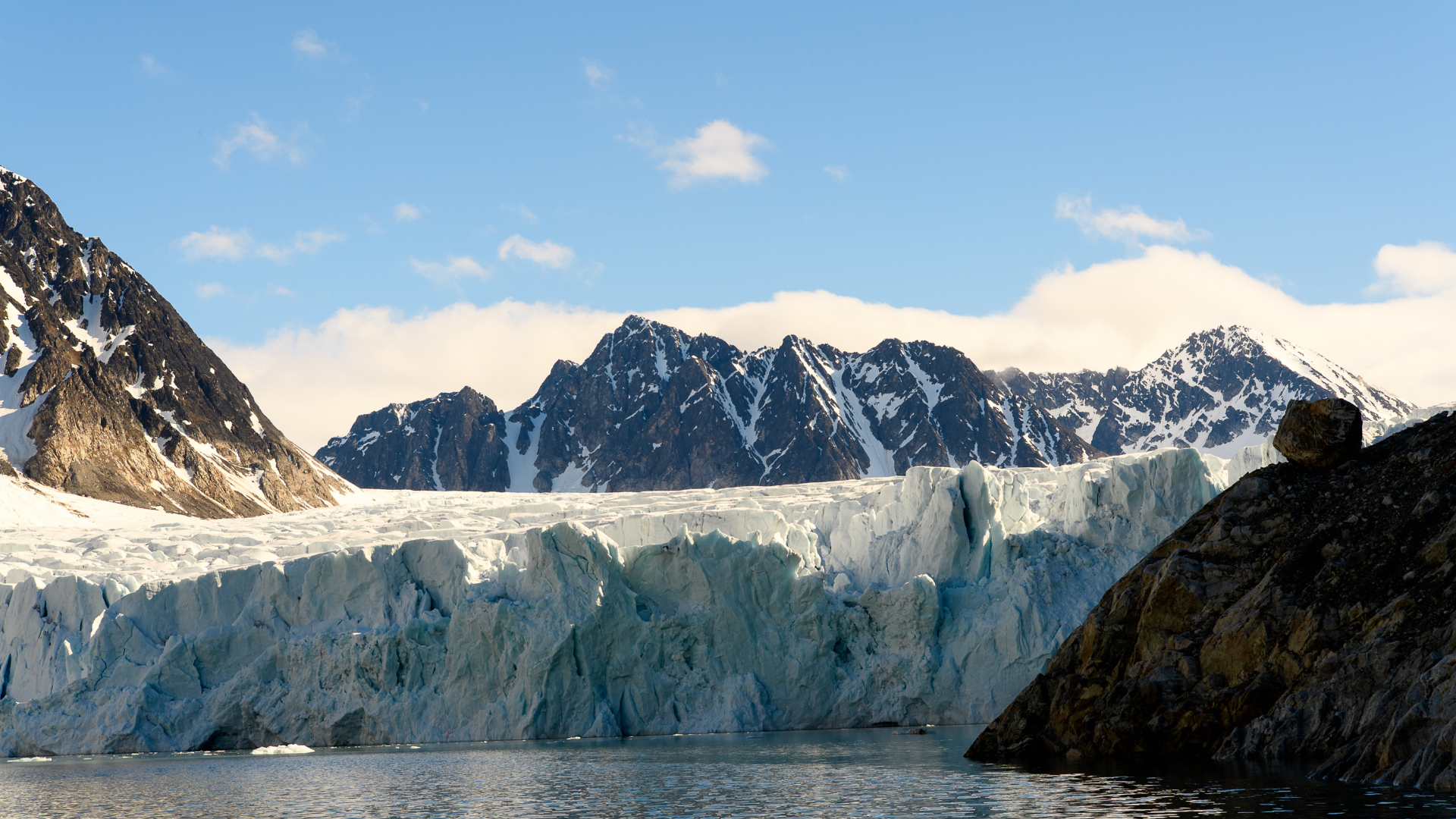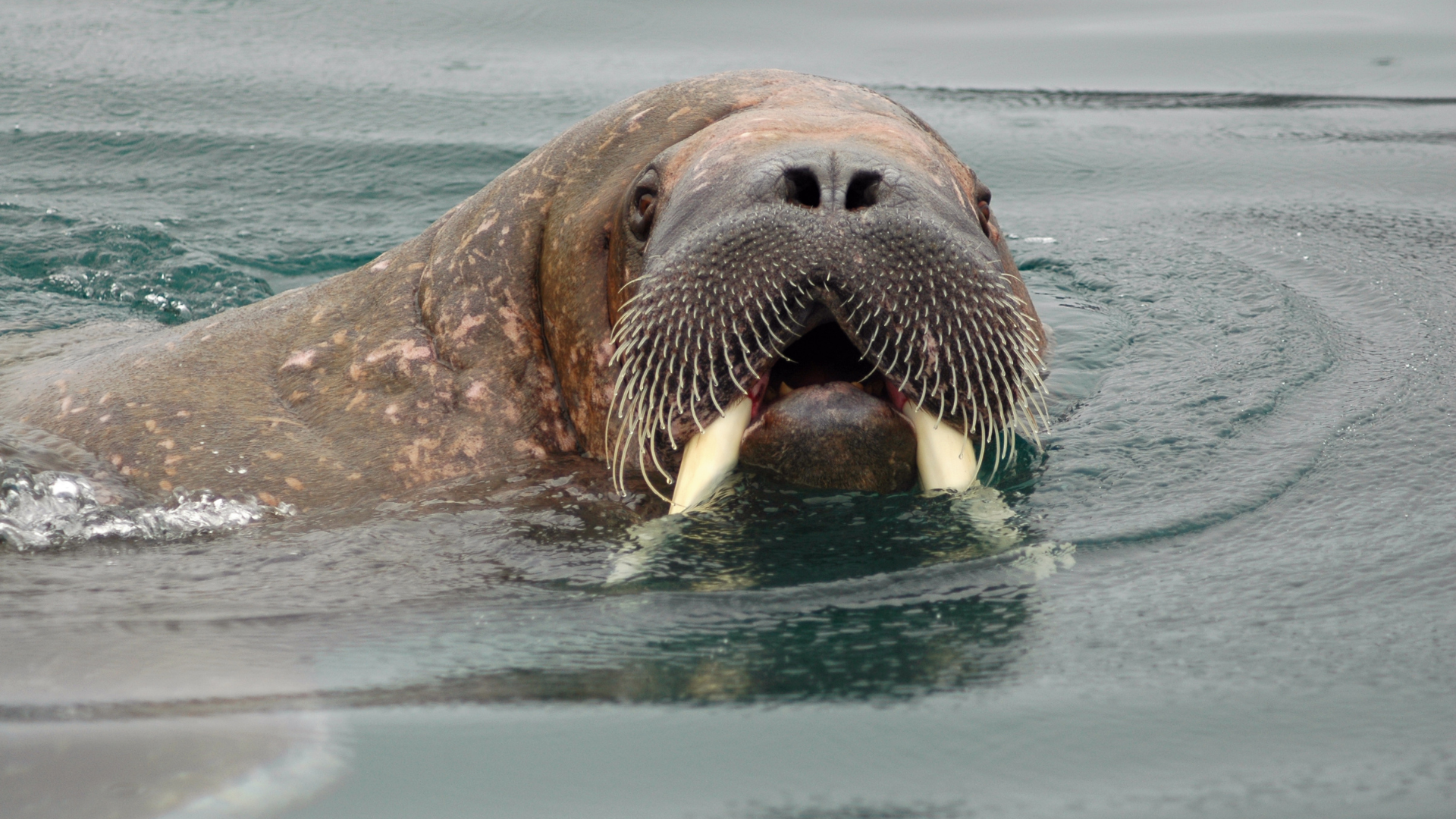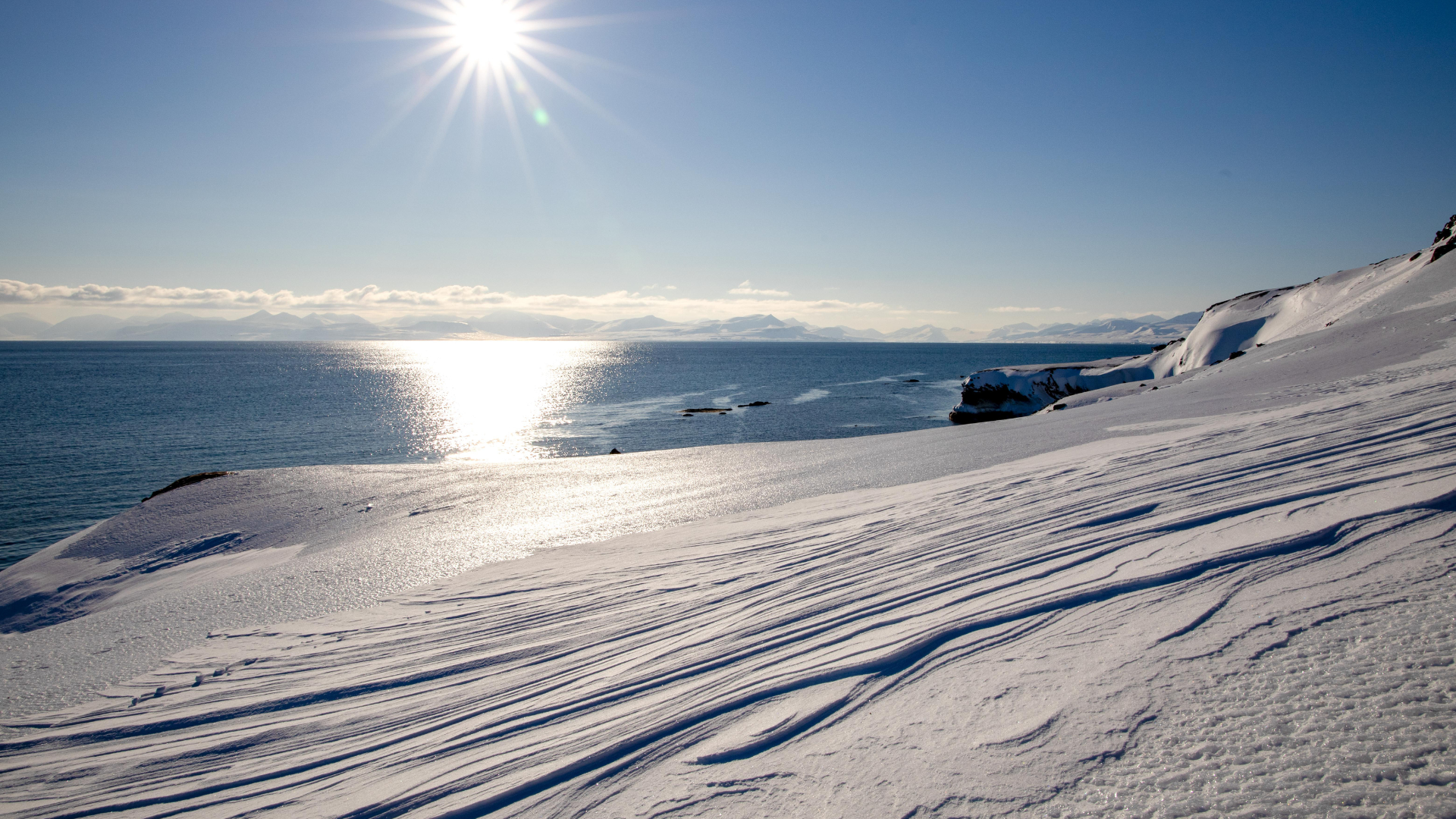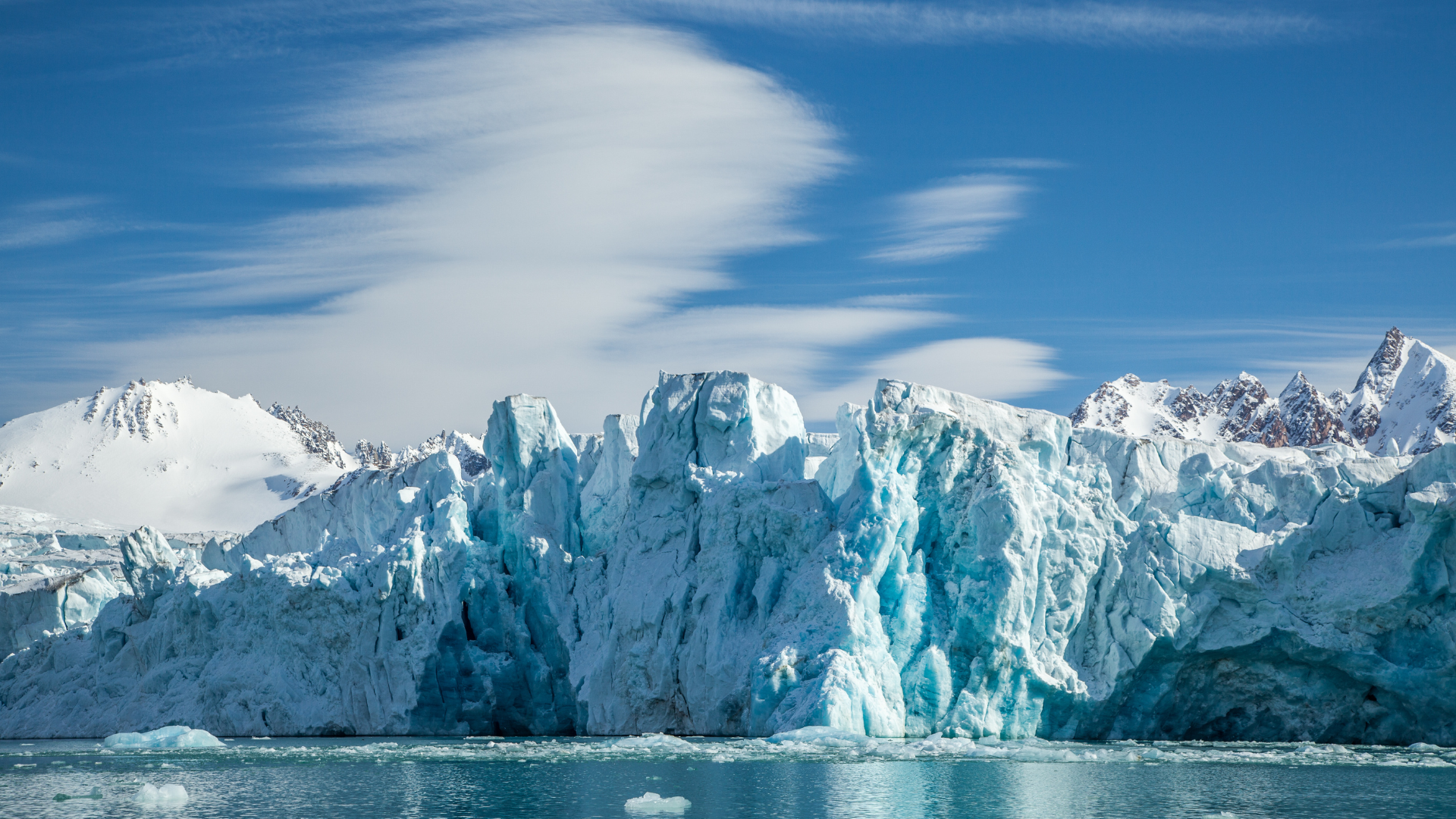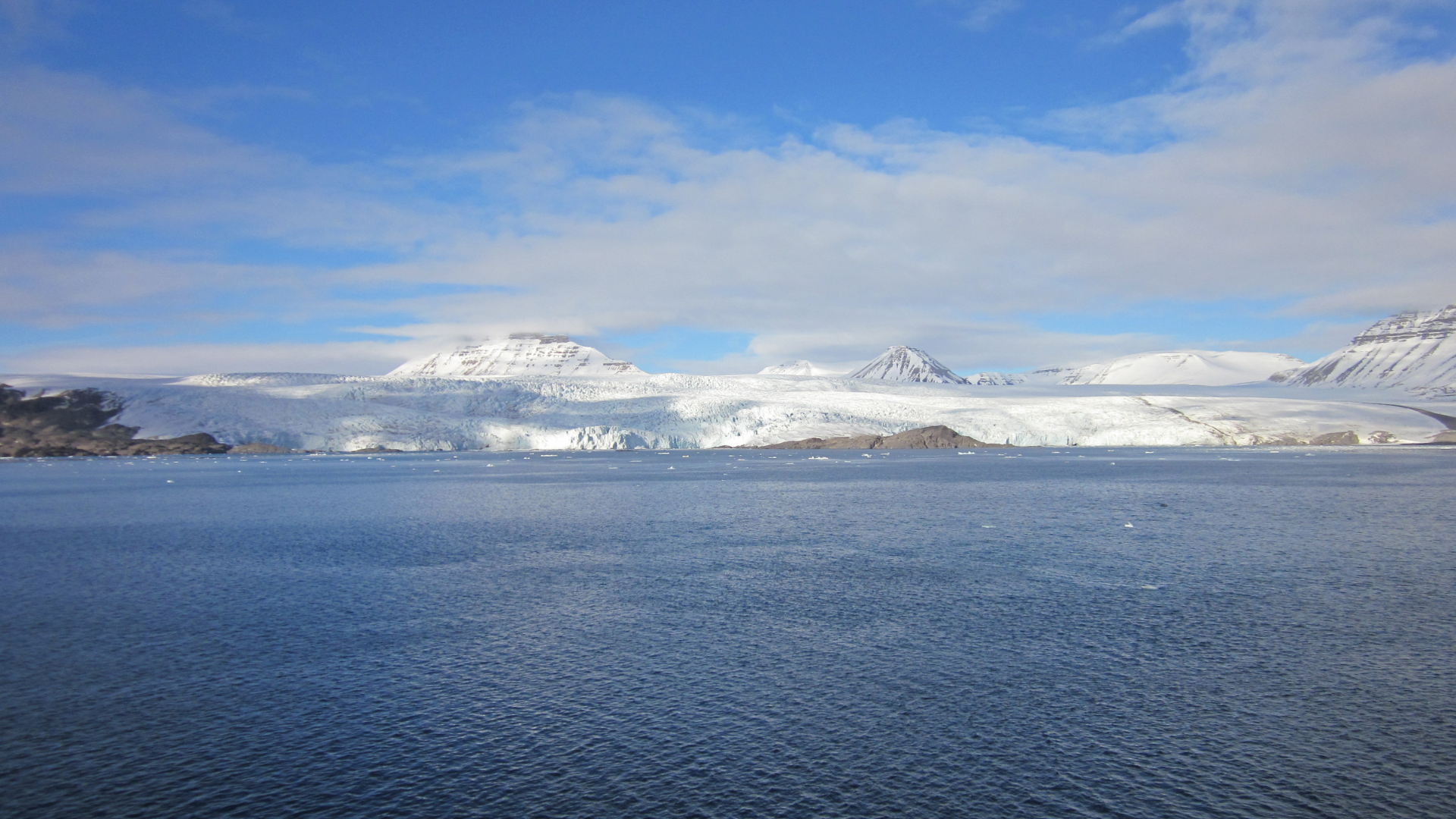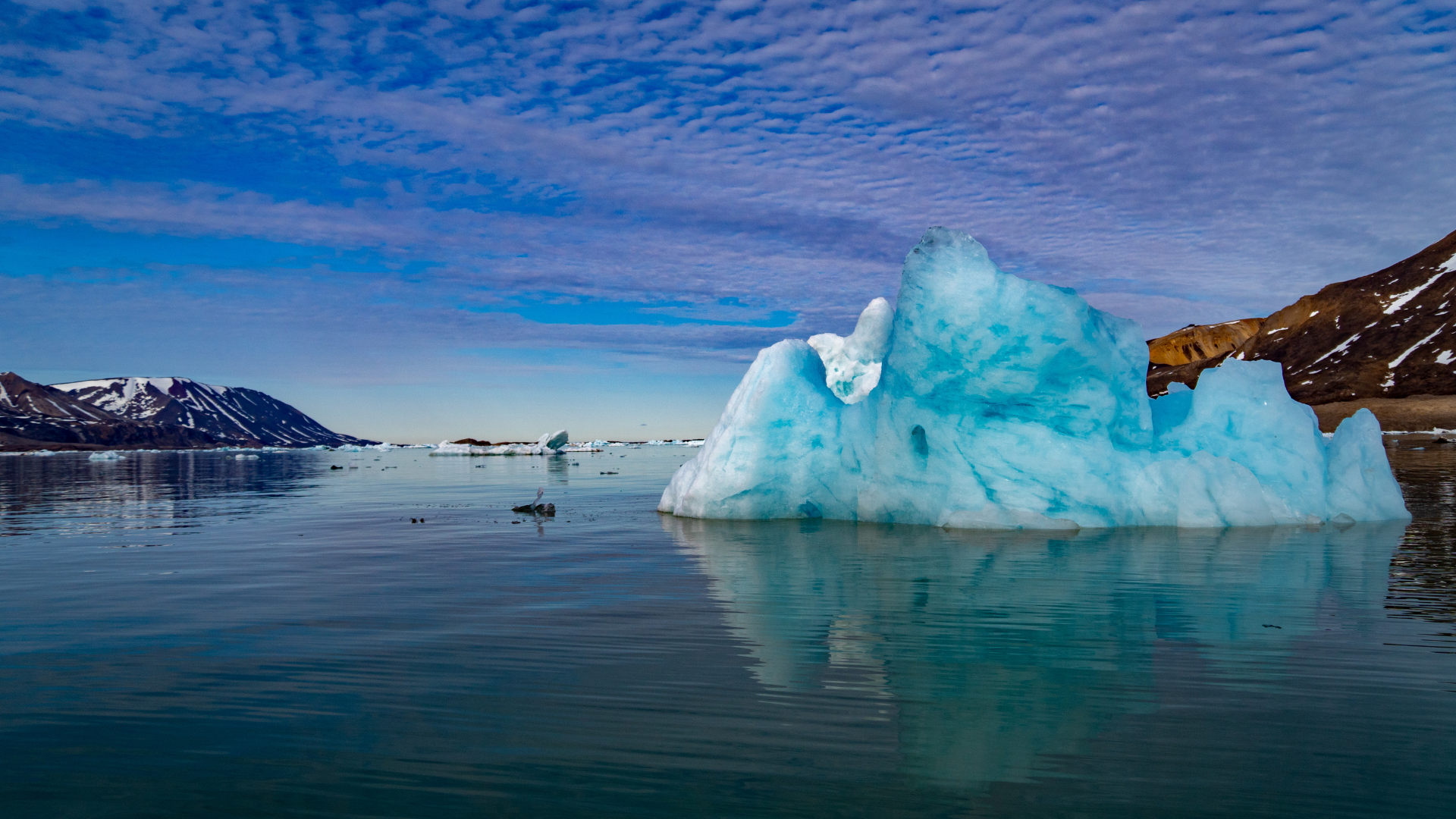What to Know Before Visiting Svalbard
Visiting Svalbard can be an incredible experience, offering a chance to explore the pristine Arctic wilderness and witness unique wildlife and landscapes. Before you go, there are several important things to keep in mind to ensure a safe and enjoyable trip:

1. Weather and Climate
- Cold Temperatures: Svalbard's climate is cold year-round, with temperatures ranging from around -20°C (-4°F) in winter to 5-8°C (41-46°F) in summer.
- Midnight Sun and Polar Night: Svalbard experiences the Midnight Sun from mid-April to late August, with continuous daylight. Conversely, the Polar Night occurs from late October to mid-February, when the sun does not rise above the horizon.
2. Clothing and Gear
- Dress Warmly: Layering is essential to stay warm in the Arctic climate. Bring thermal base layers, insulated outer layers, a windproof and waterproof jacket, gloves, hat, and sturdy waterproof boots.
- Specialized Gear: Depending on the activities you plan, you may need additional gear such as snow goggles, face masks, and snow boots.
3. Wildlife and Safety
- Polar Bears: Svalbard is home to polar bears, and visitors should be aware of the risks. It is illegal to approach or disturb polar bears, and you should always stay with a guide or carry a firearm (with the necessary permits and training).
- Other Wildlife: Respect other wildlife, including reindeer, Arctic foxes, and seabirds. Do not approach or feed the animals.
4. Guided Tours and Activities
- Hire Experienced Guides: Many outdoor activities, such as snowmobiling, dog sledding, and boat tours, are best experienced with a guide who knows the terrain and wildlife.
- Book in Advance: Popular tours and activities can fill up quickly, so book ahead to secure your spot.
5. Health and Medical Precautions
- Travel Insurance: Make sure you have comprehensive travel insurance that includes coverage for medical evacuation if needed.
- Healthcare: Medical facilities in Svalbard are limited, so bring any necessary medications and a first aid kit.
6. Travel Logistics
- Getting There: Most visitors arrive in Svalbard by flying into Longyearbyen, the main town. Flights are available from Oslo and Tromsø in Norway.
- Transportation: Transportation within Svalbard is limited, and most tours provide transportation. Walking and cycling are common in Longyearbyen during the summer.
7. Cultural and Legal Considerations
- Local Regulations: Follow all local rules and regulations, including environmental guidelines to protect the fragile Arctic ecosystem.
- Respect Local Culture: Svalbard is a small, tight-knit community with a mix of Norwegian and international residents. Respect the culture and traditions of the locals.
8. Accommodation and Dining
- Lodging Options: Longyearbyen offers a range of accommodation options, including hotels, guesthouses, and cabins. Book in advance, especially during peak season.
- Food and Drink: Longyearbyen has several restaurants and cafes serving a variety of cuisines. You can find both international and local dishes, including Arctic specialties.
Conclusion
Svalbard is a unique destination that offers the chance to experience the Arctic's stunning natural beauty and wildlife. By being prepared with the right clothing, gear, and knowledge, you can have a safe and memorable adventure in this remote and beautiful part of the world. Enjoy your trip to Svalbard!
